
A Q&A on Data Literacy
Oct 5, 2020

An FAQ on Data Reduction Fundamentals
Oct 5, 2020

 Today’s business
and storage market would look and act differently if costs were different. Data
reduction’s interaction with encryption (e.g. proper ordering) could be useful
to mention. Or a topic for another presentation!
A. We’ll consider it!
Remember I said we were taking a deeper dive on the topic of
data reduction? We have two more webcast in this series – one on compression
and the other on data deduplication. You can access them here:
Today’s business
and storage market would look and act differently if costs were different. Data
reduction’s interaction with encryption (e.g. proper ordering) could be useful
to mention. Or a topic for another presentation!
A. We’ll consider it!
Remember I said we were taking a deeper dive on the topic of
data reduction? We have two more webcast in this series – one on compression
and the other on data deduplication. You can access them here:
- Compression: Putting the Squeeze on Storage – Available on-demand
- Not Again! Data Deduplication for Storage Systems – Live on November 10, 2020, on-demand after that date
Find a similar article by tags
Data Compression Data Deduplication Data Compression Data Storage ethernetLeave a Reply
Optimizing NVMe over Fabrics Performance Q&A
Oct 2, 2020
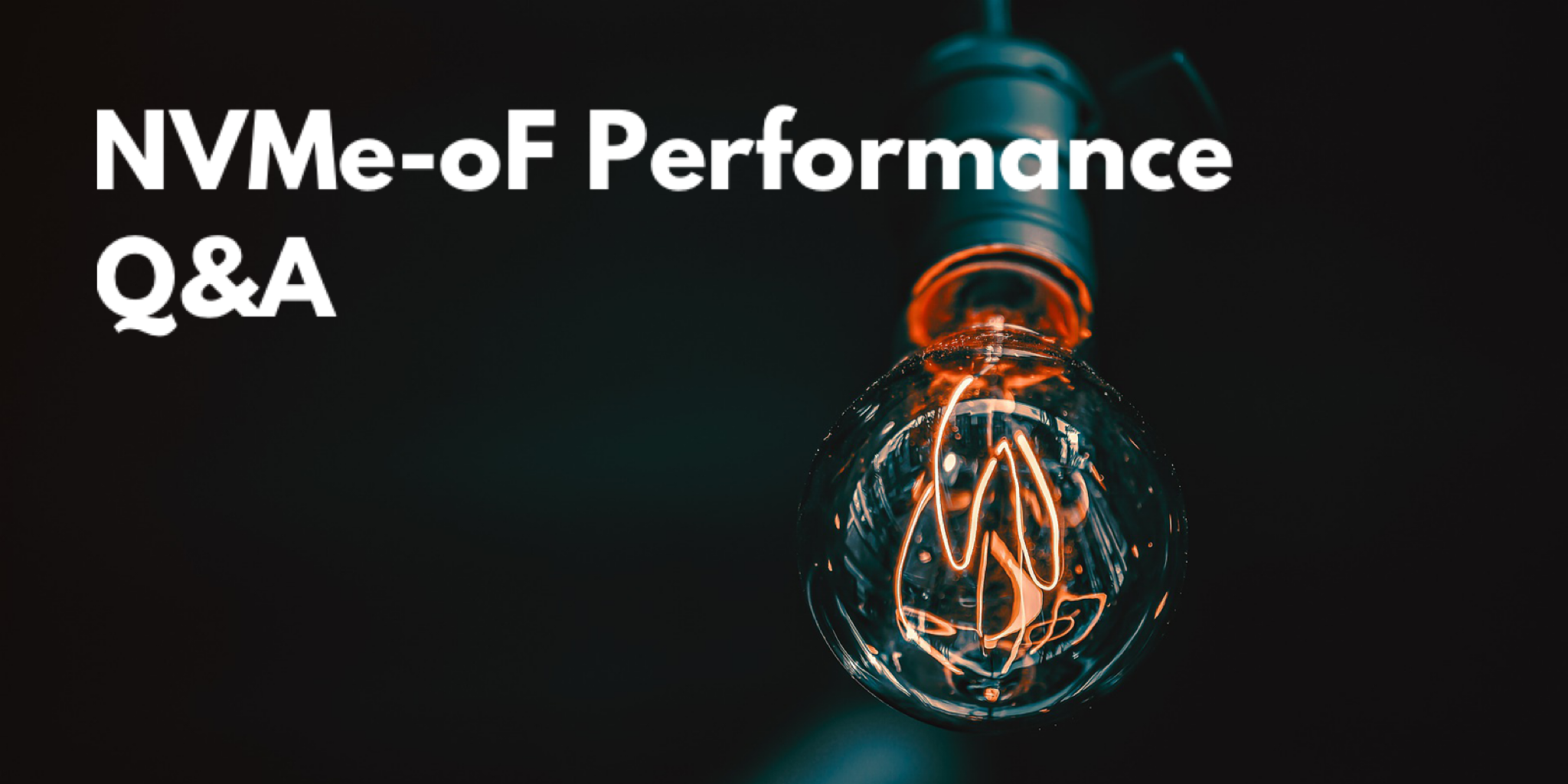
Almost 800 people have already watched our webcast “Optimizing NVMe over Fabrics Performance with Different Ethernet Transports: Host Factors” where SNIA experts covered the factors impacting different Ethernet transport performance for NVMe over Fabrics (NVMe-oF) and provided data comparisons of NVMe over Fabrics tests with iWARP, RoCEv2 and TCP. If you missed the live event, watch it on-demand at your convenience.
The session generated a lot of questions, all answered here in this blog. In fact, many of the questions have prompted us to continue this discussion with future webcasts on NVMe-oF performance. Please follow us on Twitter @SNIANSF for upcoming dates.
Q. What factors will affect the performance of NVMe over RoCEv2 and TCP when the network between host and target is longer than typical Data Center environment? i.e., RTT > 100ms
A. For a large deployment with long distance, congestion management and flow control will be the most critical considerations to make sure performance is guaranteed. In a very large deployment, network topology, bandwidth subscription to storage target, and connection ratio are all important factors that will impact the performance of NVMe-oF.
Q. Were the RoCEv2 tests run on 'lossless' Ethernet and the TCP tests run on 'lossy' Ethernet?
A. Both iWARP and RoCEv2 tests were run in a back to back configuration without a switch in the middle, but with Link Flow Control turned on.
Q. Just to confirm, this is with pure ROCEv2? No TCP, right? ROCEv2 end 2 end (initiator 2 target)?
A. Yes, for RoCEv2 test, that was RoCEv2 Initiator to RoCEv2 target.
Q. How are the drives being preconditioned? Is it based on I/O size or MTU size?
A. Storage is pre-conditioned by I/O size and type of the selected workload. MTU size is not relevant. The selected workload is applied until performance changes are time invariant - i.e. until performance stabilizes within a range known as steady state. Generally, the workload is tracked by specific I/O size and type to remain within a data excursion of 20% and a slope of 10%.
Q. Are the 6 SSDs off a single Namespace, or multiple? If so, how many Namespaces used?
A. Single namespace.
Q. What I/O generation tool was used for the test?
A. Calypso CTS IO Stimulus generator which is based on libaio. CTS has same engine as fio and applies IOs to the block IO level. Note vdbench and iometer are java-based file system level and higher in the software stack.
Q. Given that NVMe SSD performance is high with low latency, is it not that the performance bottleneck is shifted to the storage controller?
A. Test I/Os are applied to the logical storage seen by host on the target server in our attempt to normalize the host and target in order to assess NIC-Wire-NIC performance. The storage controller is beneath this layer and not applicable to this test. If we test the storage directly on the target - not over the wire - then we can see impact of the controller and controller related issues (such as garbage collection, over provisioning, table structures, etc.)
Q. What are the specific characteristics of RoCEv2 that restrict it to 'rack' scale deployments? In other words, what is restricting it from larger scale deployments?
A. RoCEv2 can, and does, scale beyond the rack if you have one of three things:
- A lossless network with DCB (priority flow control)
- Congestion management with solutions like ECN
- Newer RoCEv2-capable adapters that support out of order packet receive and selective re-transmission
Your mileage will vary based upon features of different network vendors.
Q. Is there an option to use some caching mechanism on host side?
A. Host side has RAM cache per platform set up but is held constant among these tests.
Q. Was there caching in the host?
A. The test used host memory for NVMe over Fabrics.
Q. Were all these topics from the description
covered? In particular, #2?
We will cover the variables:
- How many CPU cores are needed (I’m willing to give)?
- Optane SSD or 3D NAND SSD?
- How deep should the Q-Depth be?
- Why do I need to care about MTU?
A. Cores - see TC/QD sweep to see optimal OIO. Core Usage/Required can be inferred from this. Note incongruity of TC/QD to OIO 8, 16, 32, 48 in this case.
- The test used a dual socket server on target with IntelÒ XeonÒ Platinum 8280L processor with 28 cores. Target server only used one processor so that all the workloads were on a single NUMA node. 1-4% CPU utilization is the average of 28 cores.
- SSD-1 is Optane SSD, SSD-2 is 3D NAND.
- Normally QD is set to 32.
- You do not need to care about MTU, at least in our test, we saw minimal performance differences.
Q. The result of 1~4% of CPU utilization on target is based on single SSD? Do you expect to see much higher CPU utilization if the amount of SSD increases?
A. CPU % is the target server for the 6 SSD LUN.
Q. Is there any difference between the different transports and the sensitivity of lost packets?
A. Theoretically, iWARP and TCP are more tolerant to packet lost. iWARP is based on TCP/IP, TCP provides flow control and congestion management that can still perform in a congested environment. In the event of packet loss, iWARP supports selective re-transmission and out of order packet receive, those technology can further improve the performance in a lossy network. While, RoCEv2 standard implementation does not tolerate packet loss and would require lossless network and would experience performance degradation when packet loss happens.
Q. 1. When you mean offload TCP, is this both at
Initiator and target side or just host initiator side?
2. Do you see any improvement with ADQ on TCP?
A. RDMA iWARP in the test has a complete offload TCP engine on the network adapter on both Initiator and target side. Application Device Queues (ADQ) can significantly improve throughput, latency and most importantly latency jitter with dedicated CPU core allocated for NVMe-oF solutions.
Q. Since the CPU utilization is extremely low on the host, any comments about the CPU role in NVMe-oF and the impact of offloading?
A. NVMe-oF was designed to reduce the CPU load on target as shown in the test. On the initiator side CPU load will be a little bit higher. RDMA, as an offloaded technology, requires fairly minimal CPU utilization. NVMe over TCP still uses TCP stack in the kernel to do all the work, thus CPU still plays an important role. Also, the test was done with a high-end IntelÒ XeonÒ Processor with very powerful processing capability, if a processor with less processing power is used, CPU utilization would be higher.
Q. 1. What should be the ideal incapsulated data (inline date) size for best performance in a real-world scenario? 2. How could one optimize buffer copies at block level in NVMe-oF?
A. 1. There is no simple answer to this question. The impact of incapsulated data size to performance in the real-world scenario is more complicated as switch is playing a critical role in the whole network. Whether there is a shallow buffer switch or a deep buffer switch, switch settings like policy, congestion management etc. would all impact the overall performance. 2. There are multiple explorations to improve the performance of NVMe-oF by reducing or optimizing buffer copies. One possible option is to use controller memory buffer introduced in NVMe Specification 1.2.
Q. Is it possible to combine any of the NVMe-of technologies with SPDK - user space processing?
A. SPDK currently supports all these Ethernet-based transports: iWarp, RoCEv2 and TCP.
Q. You indicated that TCP is non-offloaded, but doesn't it still use the 'pseudo-standard' offloads like Checksum, LSO, RSS, etc? It just doesn't have the entire TCP stack offloaded?
A. Yes, stateless offloads are supported and used.
Q. What is the real idea in using 4 different SSDs? Why didn't you use 6 or 8 or 10? What is the message you are trying to relay? I understand that SSD1 is higher/better performing than SSD2.
A. We used a six SSD LUN in both SSD-1 and SSD-2. We compared higher performance - lower capacity Optane to lower performance - higher capacity NVMe. Note NVMe is 10X capacity of Optane.
Q. It looks like one of the key takeaways is that SSD specs matter. Can you explain (without naming brands) the main differences between SSD-1 and SSD-2?
A. Manufacturer specs are only a starting point and actual performance depends on the workload. Large differences are seen for small block RND W workloads and large block SEQ R workloads.
Q. What is the impact to the host CPU and memory during the tests? Wondering what minimum CPU and memory are necessary to achieve peak NVMe-oF performance, which leads to describe how much application workload one might be able to achieve.
A. The test did not limit CPU core or memory to try the minimal configuration to achieve peak NVMe-oF performance. This might be an interesting topic we can cover in the future presentation. (We measured target server CPU usage, not host / initiator CPU Usage).
Q. Did you let the tests run for 2 hours and then take results? (basically, warm up the cache/SSD characterization)?
A. We precondition with the TC/QD Sweep test then run the remaining 3 tests back to back to take advantage of the preconditioning done in the first test.
Q. How do you check outstanding IOs?
A. We use OIO = TC x QD in test settings and populate each thread with the QD jobs. We do not look at in flight OIO, but wait for all OIOs to complete and measure response times.
Q. Where can we get the performance test specifications as defined by SNIA?
A. You can find the test specification on the SNIA website here.
Q. Have these tests been run using FC-NVMe. If so, how did they fare?
A. We have not yet run tests your NVMe over Fibre Channel.
Q. What tests did you use? FIO, VDBench, IOZone, or just DD or IOMeter? What was the CPU peak utilization? and what CPUs did you use?
A. CTS IO generator which is similar to fio as both are based on libaio and test at the block level. Vdbench, iozone and Iometer are java file system level. DD is direct and lacks complex scripting. Fio allows compiles scripting but not multiple variables per loop - i.e. requires iterative tests and post-test compilation vs. CTS which has multi variable - multi loop concurrency.
Q. What test suites did you use for testing?
A. Calypso CTS tests
Q. I heard that iWARP is dead?
A. No, iWARP is not dead. There are multiple Ethernet network adapter vendors supporting iWARP now. The adapter used in the test supports iWARP, RoCEv2 and TCP at the same time.
Q. Can you post some recommendation on the switch setup and congestion?
A. The test talked about in this presentation used back to back configuration without switch. We will have a presentation in the near future to take into account switch settings and will share more information at that time. Don’t forget to follow us on Twitter @SNIANSF for dates of upcoming webcasts.
Leave a Reply
Optimizing NVMe over Fabrics Performance Q&A
Oct 2, 2020

- A lossless network with DCB (priority flow control)
- Congestion management with solutions like ECN
- Newer RoCEv2-capable adapters that support out of order packet receive and selective re-transmission
- How many CPU cores are needed (I’m willing to give)?
- Optane SSD or 3D NAND SSD?
- How deep should the Q-Depth be?
- Why do I need to care about MTU?
- The test used a dual socket server on target with IntelÒ XeonÒ Platinum 8280L processor with 28 cores. Target server only used one processor so that all the workloads were on a single NUMA node. 1-4% CPU utilization is the average of 28 cores.
- SSD-1 is Optane SSD, SSD-2 is 3D NAND.
- Normally QD is set to 32.
- You do not need to care about MTU, at least in our test, we saw minimal performance differences.
Leave a Reply
Keeping Up with 5G, IoT and Edge Computing
Oct 1, 2020
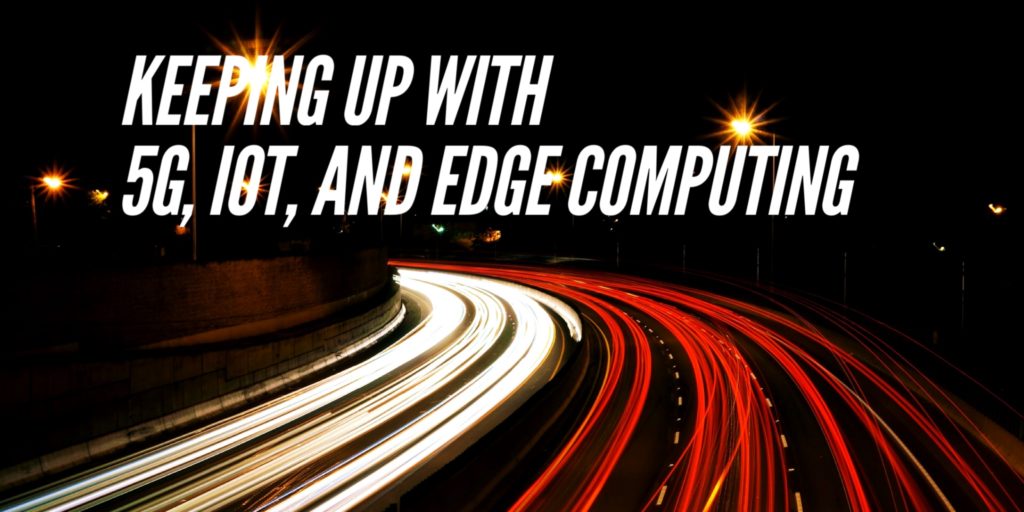
- With 5G, IoT and edge computing – how much data are we talking about?
- What will be the first applications leading to collaborative data-intelligence streaming?
- How can low latency microservices and AI quickly extract insights from large amounts of data?
- What are the emerging requirements for scalable stream storage – from peta to zeta?
- How do yesterday’s object-based batch analytic processing (Hadoop) and today’s streaming messaging capabilities (Apache Kafka and RabbitMQ) work together?
- What are the best approaches for getting data from the Edge to the Cloud?
Find a similar article by tags
UncategorizedLeave a Reply
Keeping Up with 5G, IoT and Edge Computing
Oct 1, 2020
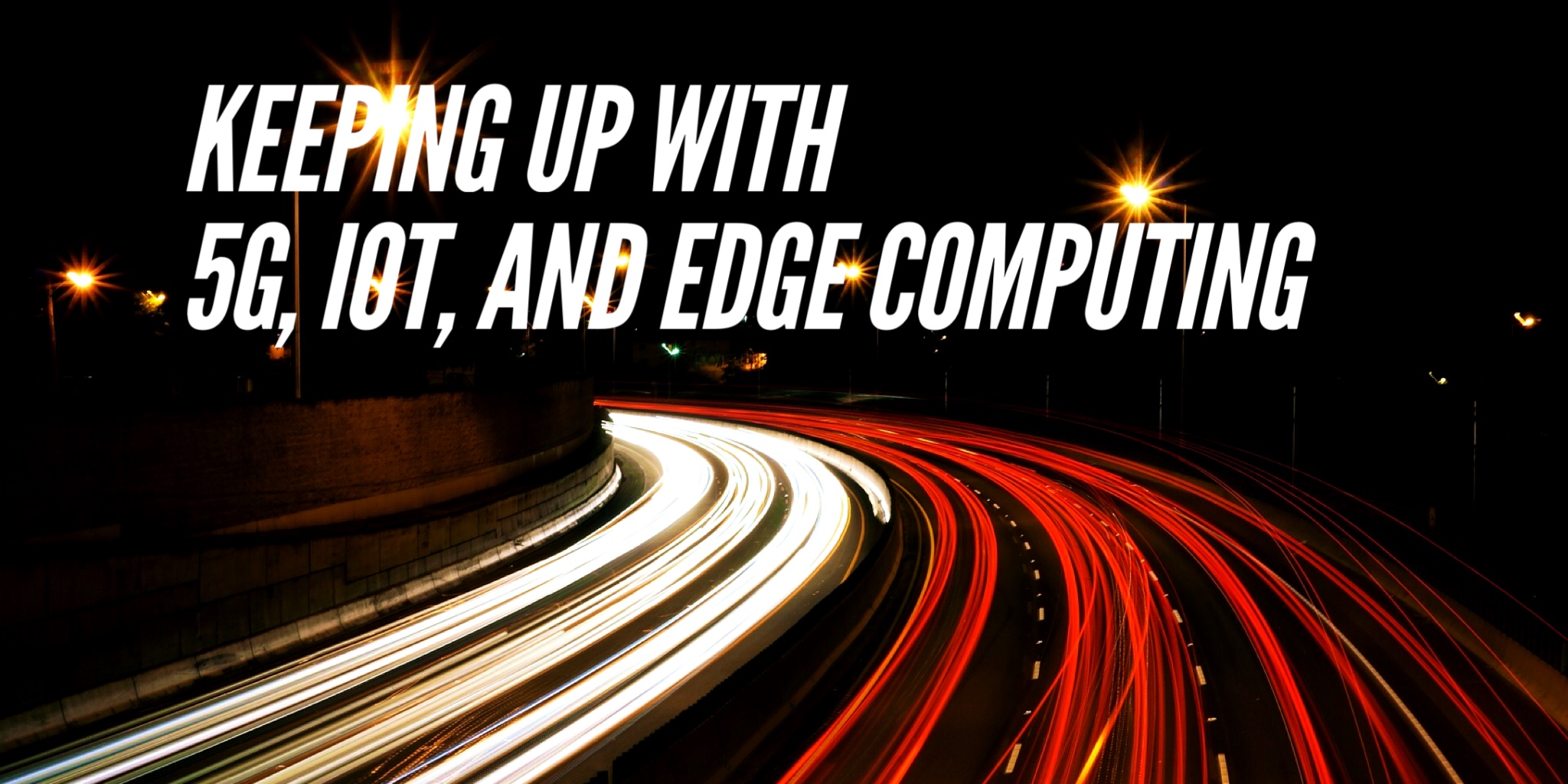
- With 5G, IoT and edge computing – how much data are we talking about?
- What will be the first applications leading to collaborative data-intelligence streaming?
- How can low latency microservices and AI quickly extract insights from large amounts of data?
- What are the emerging requirements for scalable stream storage – from peta to zeta?
- How do yesterday’s object-based batch analytic processing (Hadoop) and today’s streaming messaging capabilities (Apache Kafka and RabbitMQ) work together?
- What are the best approaches for getting data from the Edge to the Cloud?
Leave a Reply
An FAQ on the “Fine Print” of Cyber Insurance
Sep 30, 2020
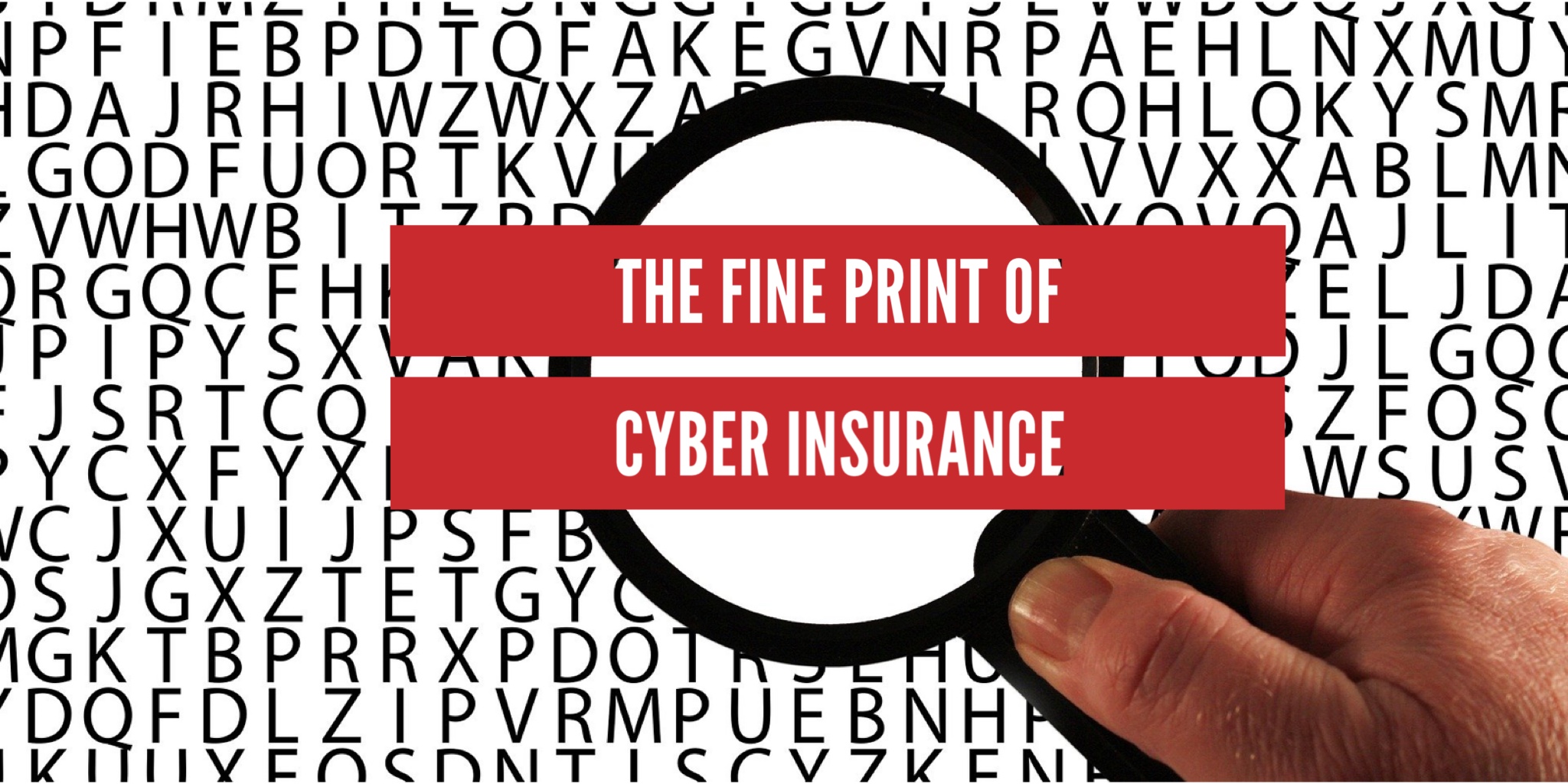
Leave a Reply
Composable or Computational – Your Questions Answered!
Sep 24, 2020
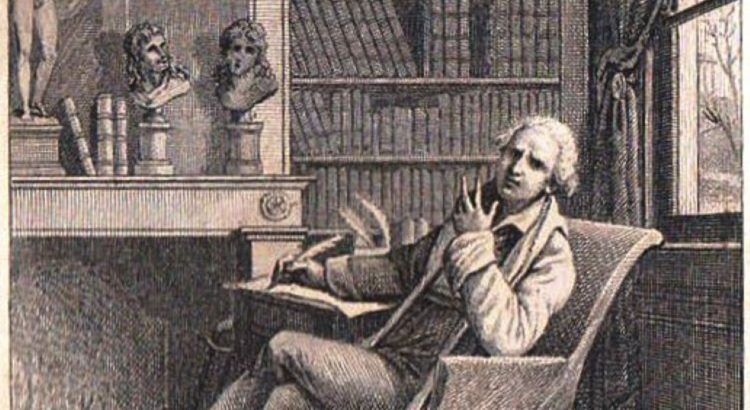
Find a similar article by tags
Computational StorageLeave a Reply
Security & Privacy Regulations: An Expert Q&A
Sep 24, 2020

 Last month the SNIA Networking Storage Forum
continued its Storage Networking Security Webcast series with a presentation on Security & Privacy Regulations. We were fortunate to have security experts, Thomas Rivera and Eric Hibbard, explain the current state of regulations related to data protection and data privacy. If you missed it, it’s available on-demand.
Q. Do you see the US working towards a national policy around privacy
or is it going to stay state-specified?
A. This probably will not happen anytime soon due to political reasons. Having a national policy on privacy is not necessarily a good thing, depending on your state. Such a policy would likely have a preemption clause and could be used to diminish requirements from states like CA and MA.
Q. Can you quickly summarize the IoT law? Does it force
IoT manufactures to continually support IoT devices (ie. security patches) through its lifetime?
A. The California IoT law is vague, in that it states that
devices are to be equipped with “reasonable” security feature(s) that
are all of the following:
Last month the SNIA Networking Storage Forum
continued its Storage Networking Security Webcast series with a presentation on Security & Privacy Regulations. We were fortunate to have security experts, Thomas Rivera and Eric Hibbard, explain the current state of regulations related to data protection and data privacy. If you missed it, it’s available on-demand.
Q. Do you see the US working towards a national policy around privacy
or is it going to stay state-specified?
A. This probably will not happen anytime soon due to political reasons. Having a national policy on privacy is not necessarily a good thing, depending on your state. Such a policy would likely have a preemption clause and could be used to diminish requirements from states like CA and MA.
Q. Can you quickly summarize the IoT law? Does it force
IoT manufactures to continually support IoT devices (ie. security patches) through its lifetime?
A. The California IoT law is vague, in that it states that
devices are to be equipped with “reasonable” security feature(s) that
are all of the following:
- Appropriate to the nature and function of the device
- Appropriate to the information it may collect, contain, or transmit
- Designed to protect the device and any information contained therein from unauthorized access, destruction, use, modification, or disclosure
Leave a Reply
Non-Cryptic Answers to Common Cryptography Questions
Sep 23, 2020

 The SNIA Networking Storage Forum’s Storage Networking Security Webcast Series continues to examine the many different aspects of storage security. At our most recent webcast on applied cryptography, our experts dove into user authentication, data encryption, hashing, blockchain and more. If you missed the live event, you can watch it on-demand. Attendees of the live event had some very interesting questions on this topic and here are answer to them all:
Q. Can hashes be used for storage deduplication? If
so, do the hashes need to be 100% collision-proof to be used for deduplication?
A. Yes, hashes are often used for storage deduplication.
It’s preferred that they be collision-proof but it’s not required if the deduplication software does a bit-by-bit comparison of any files that produce the same hash in order to verify if they really are identical or not. If the hash is 100% collision-proof then there is no need to run bit-by-bit comparisons of files that produce the same hash value.
Q. Do cloud or backup service vendors use blockchain
proof of space to prove to customers how much storage space is available or has been reserved?
A. There are some vendors who are using proof of space to
map or plot the device. Once the device is plotted you can have a report which
provides the summary of storage space available. Some vendors use it today.
Since mining is the most popular application today, mining users use this
information to report available space for mining pool applications. Can you use
it for enterprise cloud to monitor the available disk space – absolutely.
Q. If a vendor provides a guarantee of space to a
customer using blockchain, does something prevent them from filling up the
space before the customer uses that space?
A. Once the disk is plotted there is no way for any other
application to use it. It will be flagged as an error. In fact, it’s a really
great way to ensure that no attacks are occurring on the disk itself. Each
block of space is mapped and indexed.
Q. I lost track during the explanation about proofs in
blockchain, what are those algorithms used for?
A. There are two concepts which are normally discussed and
create the confusion. One is that Blockchain can use different cryptographic
hash algorithms such as SHA-256 (one of the most popular), Whirpool, RIPEMD
(RACE Integrity Primitives Evaluation Message Digest), Dagger-Hashimoto and
others). Mercle tree is a blockchain construct which allows one to build a
chain by using hashes and data blocks. Consensus protocols is protocol for
decision making such as Proof of Work, Proof of Space, Proof of Stake and etc.
Each consensus protocol is using the distributed ledger to make a record for
the block of data transferred. Use of cryptography hashes allows us to create
trustless concept with encrypting data which is being transferred from point A
to point B. The consensus protocol allows us to keep the record of the data
blocks in distributed ledgers. This is a brief answer to the question and if
you would like to get additional information please contract
olga@myactionspot.com I will be happy to deliver the detailed session to
address this topic.
Q. How does encryption work in Storage Replication? Please advise whether this exists?
A. Yes it exists. Encryption can be applied to data at rest
and that encrypted data can be replicated, and/or the replication process can
encrypt the data temporarily while it’s in transit.
Q. Regarding blockchain: assuming a new transaction
(nobody has information yet), is it possible that when sending the broadcast
someone modifies part of the data (0.1% for example) and this data continues to
travel over the network without being considered corrupted?
A. The first block of data which is building the first
blockchain creates the authenticity. If the block and hash just created are originals they
will be accepted as originals, recorded in distributed ledger and moved across
the chain. BUT
if you are attempting to send a block on a blockchain which is already
authenticated this block will be not authenticated and discarded once it’s on
the chain.
Remember we said this was part of a series? We’ve already
had a lot of great experts cover a wide range of storage security topics. You
can access all of them at the SNIA
Educational Library.
The SNIA Networking Storage Forum’s Storage Networking Security Webcast Series continues to examine the many different aspects of storage security. At our most recent webcast on applied cryptography, our experts dove into user authentication, data encryption, hashing, blockchain and more. If you missed the live event, you can watch it on-demand. Attendees of the live event had some very interesting questions on this topic and here are answer to them all:
Q. Can hashes be used for storage deduplication? If
so, do the hashes need to be 100% collision-proof to be used for deduplication?
A. Yes, hashes are often used for storage deduplication.
It’s preferred that they be collision-proof but it’s not required if the deduplication software does a bit-by-bit comparison of any files that produce the same hash in order to verify if they really are identical or not. If the hash is 100% collision-proof then there is no need to run bit-by-bit comparisons of files that produce the same hash value.
Q. Do cloud or backup service vendors use blockchain
proof of space to prove to customers how much storage space is available or has been reserved?
A. There are some vendors who are using proof of space to
map or plot the device. Once the device is plotted you can have a report which
provides the summary of storage space available. Some vendors use it today.
Since mining is the most popular application today, mining users use this
information to report available space for mining pool applications. Can you use
it for enterprise cloud to monitor the available disk space – absolutely.
Q. If a vendor provides a guarantee of space to a
customer using blockchain, does something prevent them from filling up the
space before the customer uses that space?
A. Once the disk is plotted there is no way for any other
application to use it. It will be flagged as an error. In fact, it’s a really
great way to ensure that no attacks are occurring on the disk itself. Each
block of space is mapped and indexed.
Q. I lost track during the explanation about proofs in
blockchain, what are those algorithms used for?
A. There are two concepts which are normally discussed and
create the confusion. One is that Blockchain can use different cryptographic
hash algorithms such as SHA-256 (one of the most popular), Whirpool, RIPEMD
(RACE Integrity Primitives Evaluation Message Digest), Dagger-Hashimoto and
others). Mercle tree is a blockchain construct which allows one to build a
chain by using hashes and data blocks. Consensus protocols is protocol for
decision making such as Proof of Work, Proof of Space, Proof of Stake and etc.
Each consensus protocol is using the distributed ledger to make a record for
the block of data transferred. Use of cryptography hashes allows us to create
trustless concept with encrypting data which is being transferred from point A
to point B. The consensus protocol allows us to keep the record of the data
blocks in distributed ledgers. This is a brief answer to the question and if
you would like to get additional information please contract
olga@myactionspot.com I will be happy to deliver the detailed session to
address this topic.
Q. How does encryption work in Storage Replication? Please advise whether this exists?
A. Yes it exists. Encryption can be applied to data at rest
and that encrypted data can be replicated, and/or the replication process can
encrypt the data temporarily while it’s in transit.
Q. Regarding blockchain: assuming a new transaction
(nobody has information yet), is it possible that when sending the broadcast
someone modifies part of the data (0.1% for example) and this data continues to
travel over the network without being considered corrupted?
A. The first block of data which is building the first
blockchain creates the authenticity. If the block and hash just created are originals they
will be accepted as originals, recorded in distributed ledger and moved across
the chain. BUT
if you are attempting to send a block on a blockchain which is already
authenticated this block will be not authenticated and discarded once it’s on
the chain.
Remember we said this was part of a series? We’ve already
had a lot of great experts cover a wide range of storage security topics. You
can access all of them at the SNIA
Educational Library.







Leave a Reply